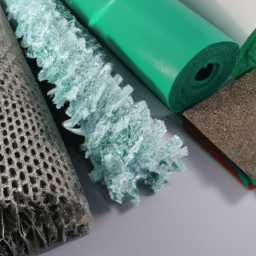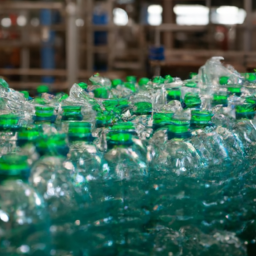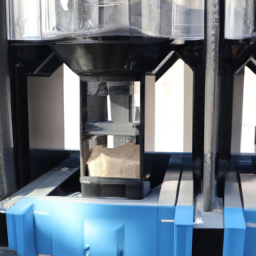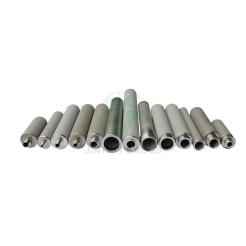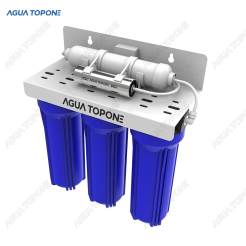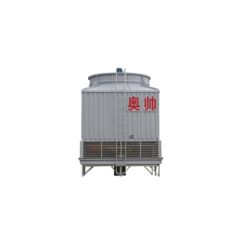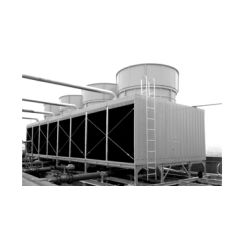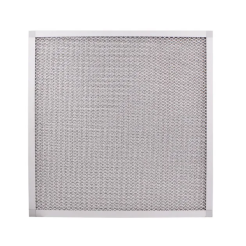The differences between PVC and RPET material
Product Description: The Differences between PVC and RPET Material.
Product Description
Product Description: The Differences between PVC and RPET Material.
Choosing the right material for your products is essential, as it can greatly impact their performance, durability, and environmental impact. This product description aims to provide a comprehensive understanding of the differences between PVC (Polyvinyl Chloride) and RPET (Recycled Polyethylene Terephthalate) materials, allowing you to make an informed decision.
Benefits of PVC:
1. Durability: PVC is renowned for its exceptional strength and toughness. Designed to withstand wear and tear, products made from PVC can offer long-lasting durability, ensuring your investment goes a long way.
2. Versatility: The flexibility of PVC makes it perfect for various applications. Whether you're in need of resilient flooring, waterproof covers, or sturdy pipes, PVC can be easily customized to meet your specific requirements.
3. Low Maintenance: With PVC, you can bid farewell to time-consuming and costly maintenance. Its resistance to chemicals, moisture, and extreme temperatures, along with its easy-to-clean nature, simplifies upkeep, saving you valuable time and resources.
Benefits of RPET:
1. Eco-Friendly Choice: By choosing RPET products, you actively contribute to environmental sustainability. RPET is composed of recycled plastic bottles and containers, reducing the amount of waste that ends up in landfills or oceans. By opting for RPET, you help conserve precious resources and promote a circular economy.
2. High-Quality Appearance: Despite being made from recycled materials, RPET boasts an exceptional aesthetic appeal. The transparency and glossy finish create products that are visually appealing, suitable for a wide range of purposes, including packaging materials, display cases, and more.
3. Strong and Lightweight: RPET strikes the perfect balance between strength and weight. Its lightweight design makes it easy to handle and transport, while still offering superb structural integrity. This attribute is particularly beneficial for industries where weight reduction and portability are paramount.
Choosing Between PVC and RPET:
1. Consider the Purpose: When deciding between PVC and RPET, consider the end use of the product. If you require durability and flexibility, PVC is the ideal choice. Alternatively, if you prioritize sustainability and visual appeal, RPET will meet your needs.
2. Environmental Impact: If you aim to decrease your carbon footprint and promote eco-consciousness, RPET is the way to go. By choosing RPET over PVC, you actively participate in the global effort towards a greener future.
3. Application Specifics: While both materials offer advantages, it's crucial to consider other factors such as cost, availability, and specific requirements of your industry. By analyzing the unique demands of your application, you'll be able to make an informed decision tailored to your individual needs.
In conclusion, both PVC and RPET materials have their distinct advantages. PVC excels in durability, versatility, and low maintenance, while RPET shines in eco-friendliness, aesthetics, and lightweight strength. Understanding the differences between PVC and RPET materials ensures that you can choose the material that best aligns with your values, performance expectations, and the environment in which your products will be used. Embrace the power of informed decision-making and create a positive impact through the materials you choose.
Want more information on rPET pellets, rPET pellets, rPET pellets? Feel free to contact us.
